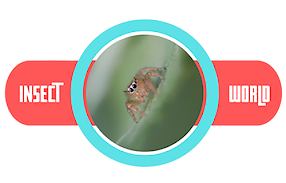 |
Pollinator insects play a crucial role in the reproduction of many flowering plants by facilitating the transfer of pollen from the male reproductive organs (anthers) to the female reproductive organs (stigma). This process, known as pollination, is essential for the production of fruits and seeds. Here's a general description of pollinator insects:
Bees:
Characteristics: Bees are perhaps the most well-known pollinators. They are typically robust, hairy insects with specialized structures for collecting and carrying pollen, such as pollen baskets on their hind legs.
Behavior: Bees actively forage for nectar and pollen, visiting flowers in search of these resources. They are known for their complex social structures, living in colonies with a queen, workers, and drones.
Butterflies:
Characteristics: Butterflies are colorful insects with distinctive wing patterns. Their long, slender mouthparts, known as proboscis, are adapted for sipping nectar from flowers.
Behavior: Butterflies are diurnal (active during the day) and are often seen fluttering from flower to flower. They are not as efficient as bees in pollination but contribute to the process.
Flies:
Characteristics: Flies, including hoverflies and bee flies, are diverse pollinators. They vary widely in size and appearance but may have hairy bodies and specialized mouthparts for feeding on nectar.
Behavior: Some flies mimic the appearance of bees or wasps and visit flowers for nectar. Hoverflies are known for their ability to hover in mid-air, and they play a significant role in pollination.
Beetles:
Characteristics: Beetles are diverse insects, and some species are important pollinators. They may have robust bodies and chewing mouthparts.
Behavior: Beetles are often associated with primitive flowering plants. They crawl over flowers, feeding on nectar and inadvertently transferring pollen.
Wasps:
Characteristics: While many wasps are predators, some also serve as pollinators. They have slender bodies and may have a more aggressive appearance compared to bees.
Behavior: Wasps visit flowers in search of nectar and can contribute to pollination as they move from one flower to another.
Moths:
Characteristics: Moths are nocturnal pollinators and share some similarities with butterflies, though they are often less colorful. They have feathery antennae and adapted mouthparts for nectar feeding.
Behavior: Moths visit flowers during the night, making them essential for plants that bloom in the evening.
These pollinator insects play a vital role in maintaining biodiversity and supporting ecosystems by ensuring the reproduction of a wide variety of plant species.

0 Comments